- Home
- Destinations
- Zambia
- Livingstone & Victoria Falls
Overview
Climate
The weather in Livingstone is humid subtropical, with winters being dry and summers being humid and wet. The rainy "Emerald Season" occurs from December to March, with rains arriving earlier and departing later the further north you are. Rainfall is also higher in the eastern areas and locations at higher altitude, than in the western and lowland areas. During this time most camps close due to wetness causing unsurfaced roads to become almost impassable.
By April and May, most of the rain has faded away and night-time temperatures start to drop. June – August bring much cooler nights – often cold, however the days are clear and warm, and game sightings increase.
September and October see temperatures rise and game viewing around permanent water sources are superb. November experiences variable weather – either hot and dry or wetter as the first downpours may occur.
Getting There
Livingstone's newly renovated airport – officially known as Harry Mwanga Nkumbula International Airport – is located 6 km northwest of town. From here a road transfer can be taken to your destination.
Ideal Destination For
- Adventure
- Bucket List
- Food & Wine
- Multi Gen.
- Safari
- Solo Travel



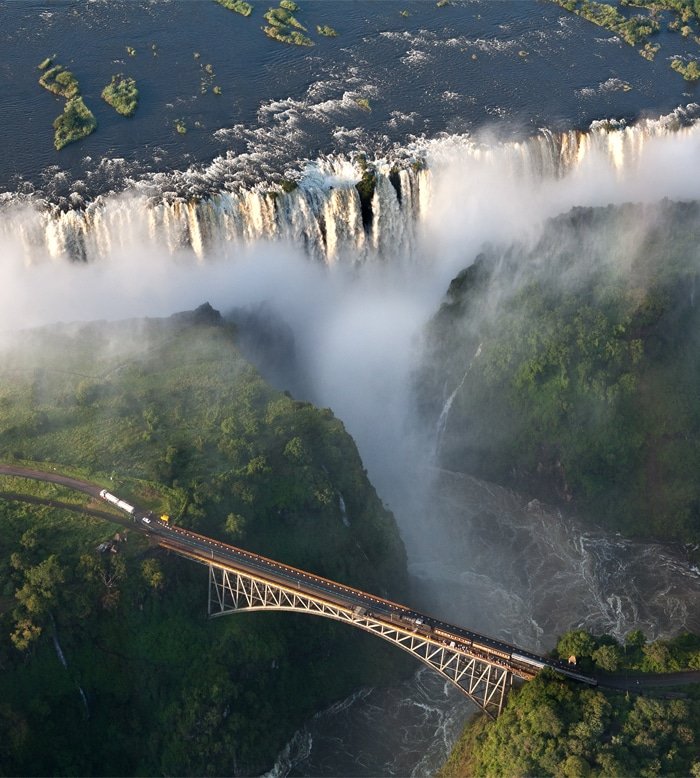






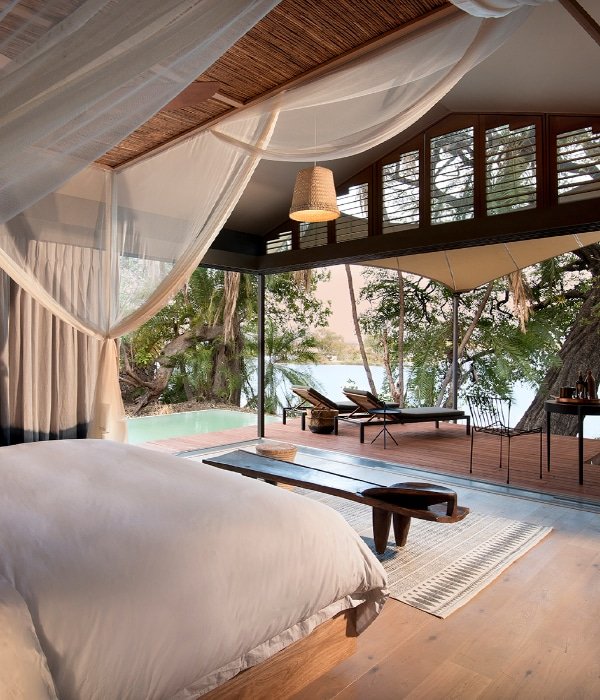










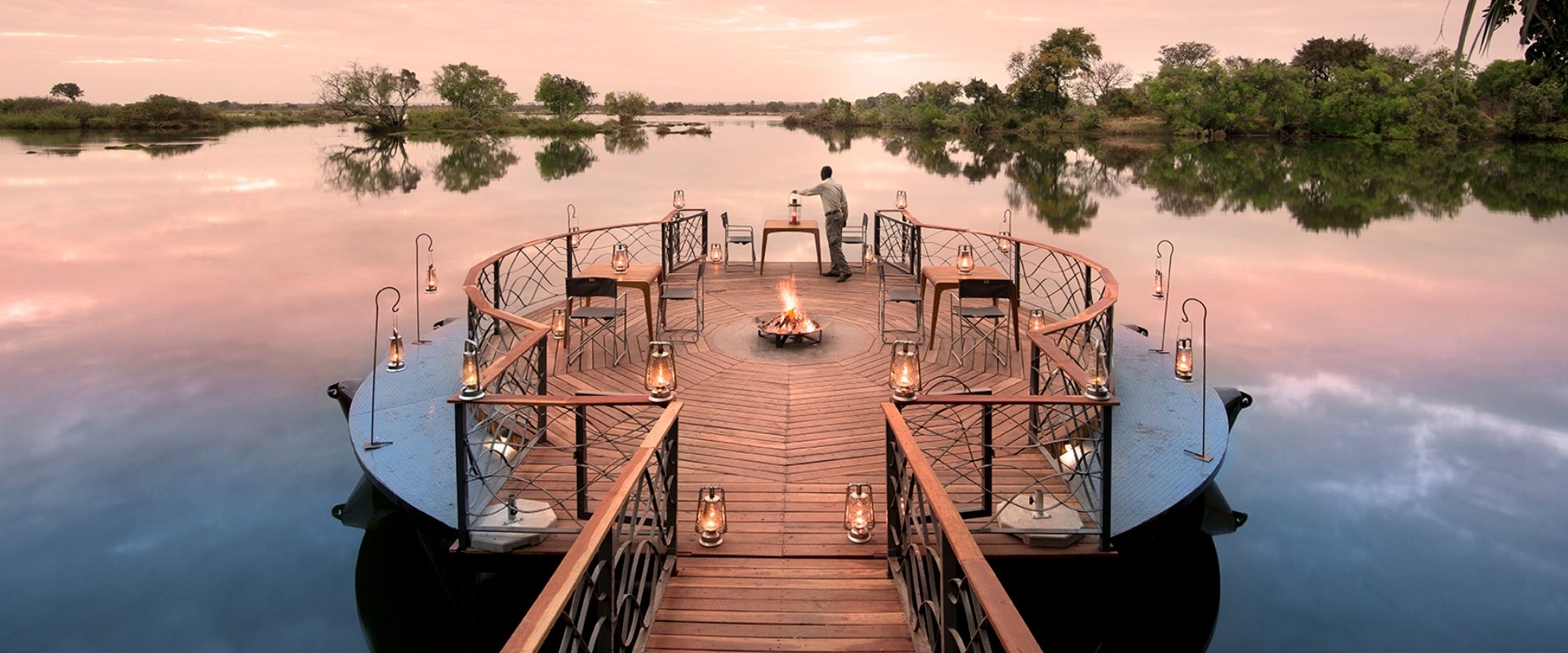








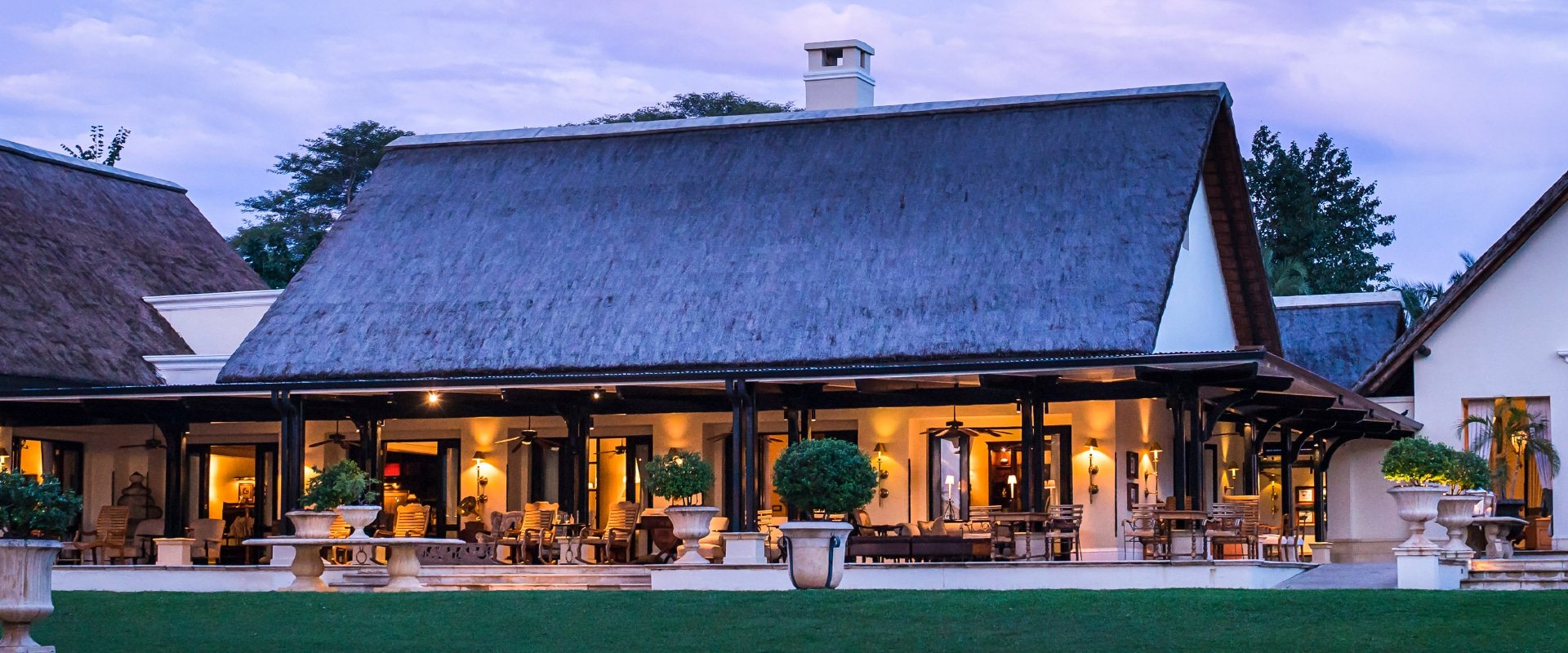





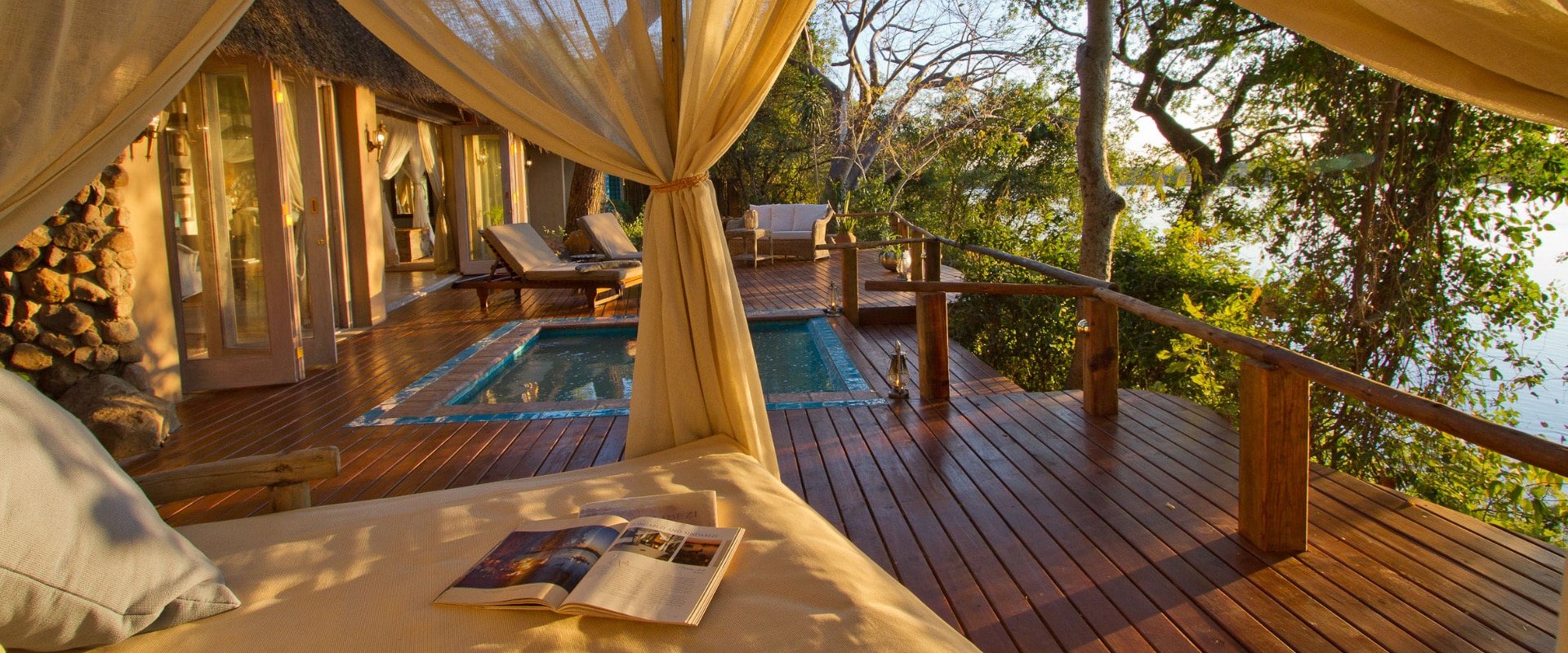




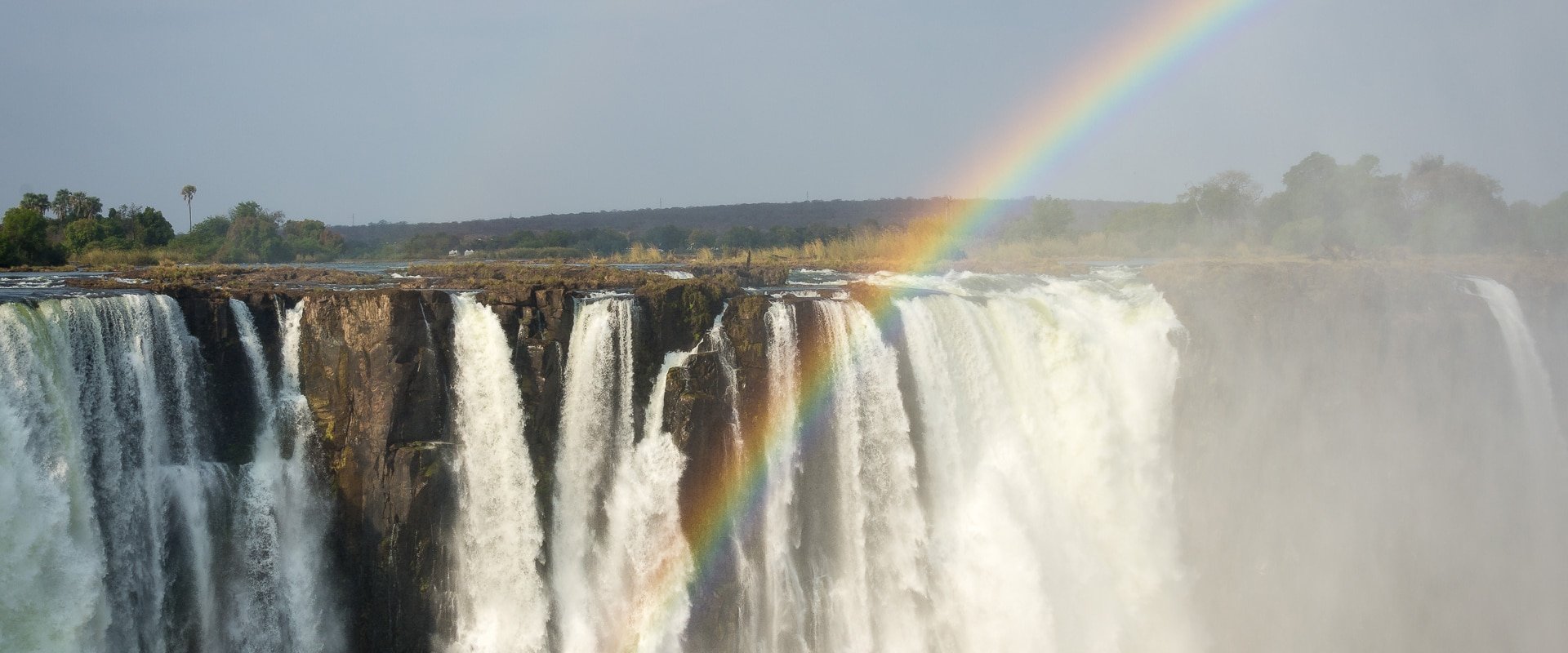



David Livingstone, a Scot, arrived in Africa in 1840, but it wasn’t until 1852 to 1856 that he more intently started to explore the great Zambezi River, the border of Zambia and Zimbabwe. This expedition made him the first European to witness the magnificence of the mighty Victoria Falls, today a UNESCO World Heritage Site and landmark.
The town Livingstone was founded in 1905 and is known as the Tourist Capital, showcasing much of its original colonial character. It is situated just 11 km from the falls and with its relaxed and friendly atmosphere, is a fantastic base from where to visit the Zambia-side of the river. Rich in history, the town’s main street features buildings dating back to the 1900s, some of them still in use. Many of the buildings now have a modern twist and feature African designs, making the heritage more relevant today.
Once called Mosi-oa-Tunya, “the Smoke that Thunders”, the falls feature a wide sheet of water that disappears into a deep crevasse in the earth. The fall creates a rumbling thunder, and the spray rising up from the earth resembles columns of smoke rising up into the air. The sight of the drop and the vast amount of water is an incredible sight to see.
A myriad of activities is on offer in the area. They vary from super-adventurous to romantic and relaxing, all of them leaving you in awe of the miracle of this natural wonder. River rafting, canoeing, horse-riding trails, bungee jumping, river cruises, hikes, abseiling, kayaking and game viewing from the river are only a few what will get you excited. A highlight would be a view of the river and the falls from the air in a helicopter.